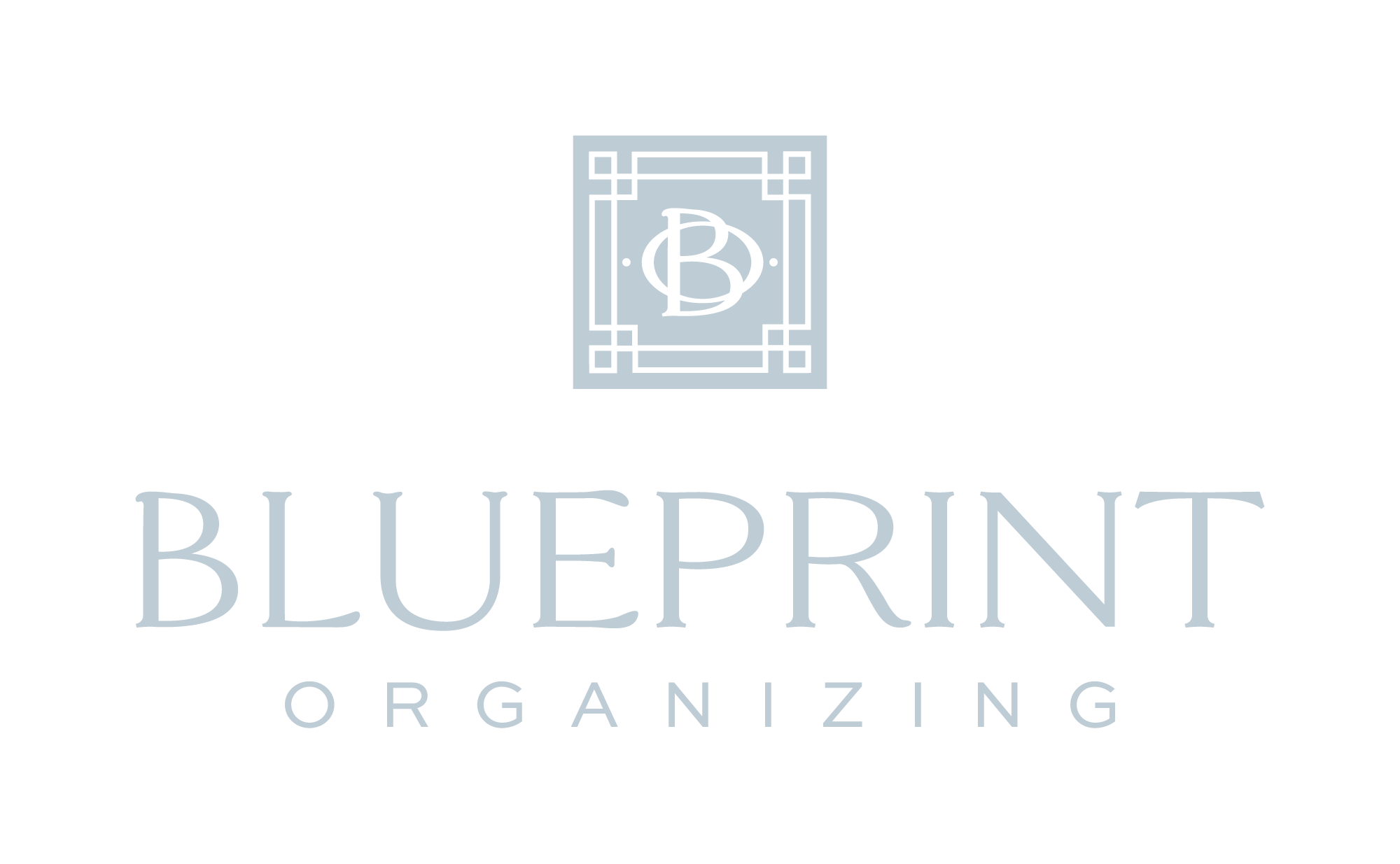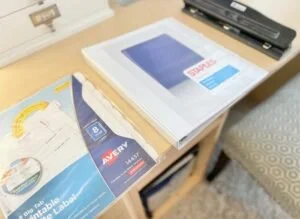Raising a Special Needs Child: Organizing Paperwork
Raising a child with special needs is overwhelming in many ways, but one of the things I had the hardest time with personally was the amount of paperwork the situation creates. By the time my son was three, I felt as if I was drowning in reports, recommendations, forms, meeting notes, resources, and newspaper articles lovingly cut out and mailed to me by well-meaning friends and family. Add this to the chaos of everyday life with a kid on the autism spectrum, and it was. . . not helping.
In order to get through this chaos with some feeling of control, I had to devise a system to keep track of paperwork, appointments, meetings, medicine, etc.
At first, I had a traditional file cabinet with folders. But as the years went by, the papers piled up inside that black hole and I got frustrated with the fact that I could never find anything. I found myself constantly needing to locate old papers and reference them in chronological order.
When I see a large pile of paper not in any particular order, it makes me feel panicky inside. And as the parent of a kid with ADHD and Autism, any papers left lying around my house are subject to getting lost forever or used to create “artwork” that will render them useless to me in the future.
I realized there had to be a better way, so I turned to my favorite rabbit hole of inspiration, Pinterest, and discovered the idea of organizing everything into binders. What a genius way to keep everything in order and easy to access!
Here’s how to get this project done:
First, gather up all the papers you need to organize. You can leave them in file folders during this process or put sticky notes on tops of piles.
Sort them into piles according to what they are:
Medical records and evaluations
School records / IEP (Individualized Education Plan)
Autism (or other special needs) resources
Gather your supplies:
Binders – I like to use the super inexpensive plain white 1” ones from Staples, but you can get fancy or colorful if you want.
Page dividers
Three-hole punch
Clear plastic page protectors. These are good for grouping several related papers together quickly, or if you don’t want to use a hole punch.
Assign each group of papers to a binder, then begin creating categories within those groups. These categories need to make sense for your family, but here are some ideas for how you can organize within the binders:
Medical Records:
list of current doctors
current medications
immunization record
copies of birth certificate, birth records
paperwork from all the doctor visits
You can further separate this out by giving each doctor or specialist a divider (psychiatrist, pediatrician, occupational therapist, and so on)
(On the medical records binder, I found it to be tremendously helpful when you need to go back and see what medication you tried, or when a surgery happened. Sure, those paperless advocates out there will say that your doctor has all this info in your child’s file, but how easy is it for YOU to access that information when you need it?)
School Records / IEP:
Teacher and school info
Login passwords, etc.
Calendar to track absences, behavior incidents, tests, etc.
Current year info
ARD meetings (arrange in chronological order so you can easily reference past goals, etc.)
Autism Resources:
List of doctors
Newspaper or internet articles
Future planning (group homes or schools)
Information to save for future
You can leave your binders plain and minimal, or dress them up however you want. But make sure you label the spine clearly so everyone knows what is in there! I recommend using a label maker or printing out labels from your computer.
Now you just have to find a home for your new binder collection. Look for a place where they’re out of the way but easy to access for all members of the family. Obviously, both parents need to know how to access the information, but it would also be great if grandparents or caregivers could access the information they might need easily as well.
All my binders are lined up on a shelf, but you can store them in a filing cabinet if you want. I tried them in the filing cabinet, and loved the fact I would open up the cabinet and see all these neatly labeled binders, but I just didn’t like how some of the wider pages inside got bent when I stored them on their sides.
The only thing left to do is to find a new use for that old filing cabinet. We filled ours up with hard drives and bulky computer equipment we have to keep.
One last tip for organizing paperwork is to have a system for incoming paper. It’s not realistic to think that you will always stop and place each paper in the appropriate binder right away. Give yourself a way to deal with the papers until you can put them in their home: a desktop inbox, a countertop basket, or discipline yourself to put any papers that piled up on your desk during the day away each night.
When it comes to raising kids – special needs or not – there is no way around the fact that they come with a lot of papers! I have found this to be very helpful in my own life, and hopefully you will too. If you have any other tips for organizing paperwork related to special needs kids, please comment or send me a message!



